The Centauri Knot is a popular Australian Fishing Knot that attaches a monofilament fishing line to a hook, swivel, ring, or weight.
Quick Guide: Tying a Centauri Knot
To tie it, pass the fishing line through the eye of the hook (step 1). Then loosely wrap it 3 times around the standing line in the clockwise direction (steps 2-3). Pass the end of the line through all three loops, exiting in the direction opposite to the hook (step 4).
To tighten the Centauri Knot, first lubricate it with saliva or water. Then hold the hook with one hand and pull both ends of the line in the opposite direction (step 5). Finally, pull the standing line to move it closer to the eye of the hook (step 6).
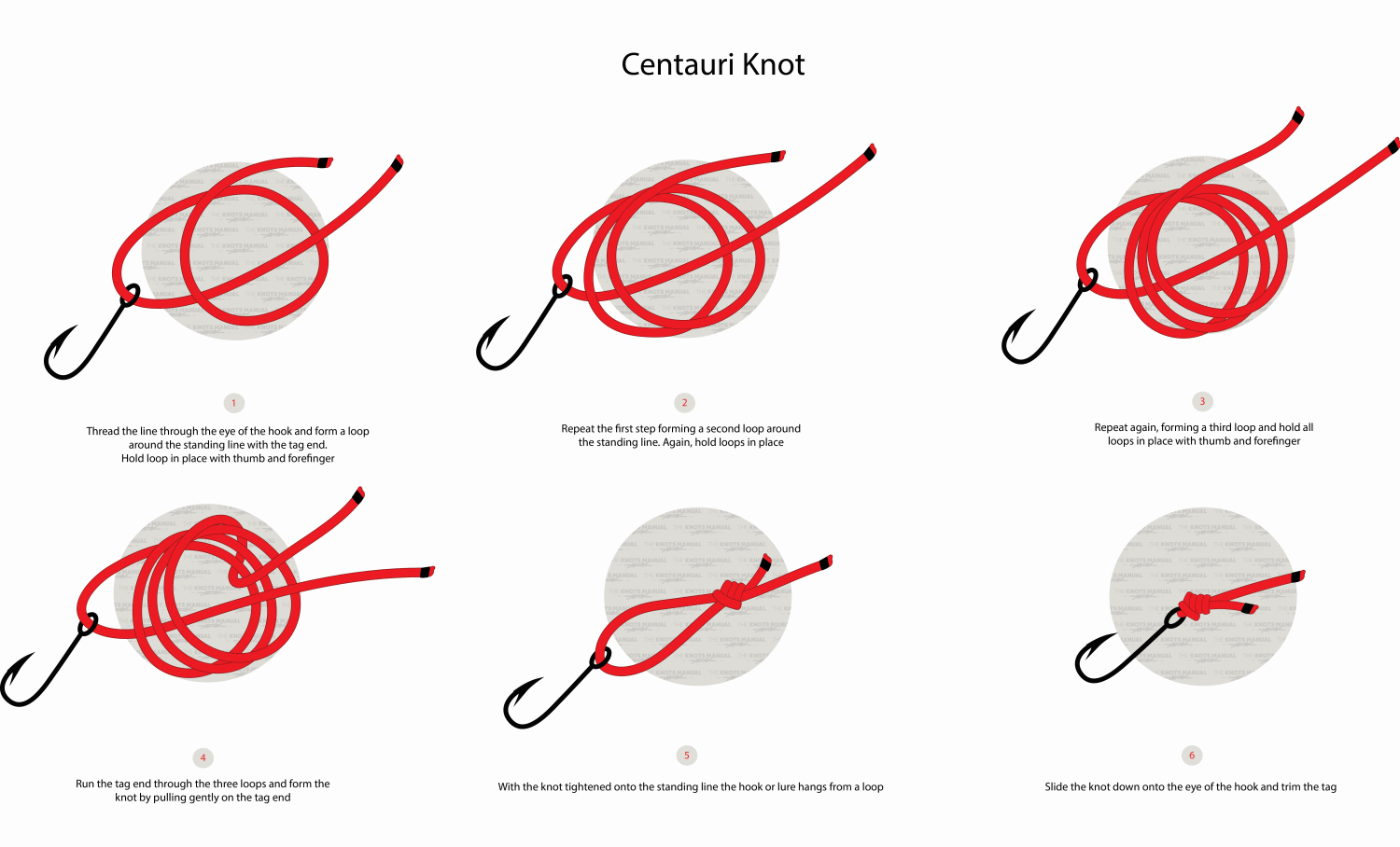
Pros and Cons of the Centauri Knot
The main advantage of the Centauri Knot is that it is easy to tie and remember. This is why it’s gained so much popularity over the years.
It’s also very strong, being rated at close to 90% line-breaking strength. It’s usually used with heavy lines.
The Centauri Knot works best with monofilament and fluorocarbon lines. It also works with braided lines, but other knots, like the Palomar Knot, are better options in this case.
The only downside of the Centauri Knot is that it creates a rigid connection to the hook, which doesn’t move. This means that it shouldn’t be used to attach to a fishing lure because it needs some freedom to move.
Common Uses for the Centauri Knot
Most commonly, the Centauri Knot is used to attach to a hook, swivel, ring, or weight. It’s used for heavier monofilament and fluorocarbon lines because of its strength and simplicity.
You can also use it to attach a fishing line to a reel. A more commonly used option is the Arbor Knot, but a lot of people like to use the Centauri instead.
Knots Like the Centauri Knot
Palomar Knot: A strong fishing knot that’s most commonly used to attach braided lines to hooks, lures, and swivels. It also works with monofilament and fluorocarbon lines and is stronger than the Centauri Knot.
Uni Knot: A versatile fishing knot that connects all types of fishing lines, even wires, to hooks, lures, and swivels. It isn’t as secure as the Centauri Knot, but is more versatile because you can also use it to connect two fishing lines.
Snell Knot: A fishing knot that attaches directly to the stem of the hook. It’s said to have a higher chance of catching fish because when the line is pulled, more force is applied to the tip of the hook.
San Diego Jam Knot: A very strong fishing knot that works with all types of fishing lines. It’s used to attach to hooks, swivels, and rings.
Trilene Knot: A fishing knot used to attach monofilament lines to hooks, lures, and swivels. It has close to 100% rope-breaking strength.
Improved Clinch Knot: A very simple and strong fishing knot that works with all types of lines.
Rapala Knot: A common fishing knot used to attach monofilament and fluorocarbon lines to lures. It creates a fixed loop, which gives more freedom for the lure to move naturally.
Step-By-Step Guide: How to Tie a Centauri Knot
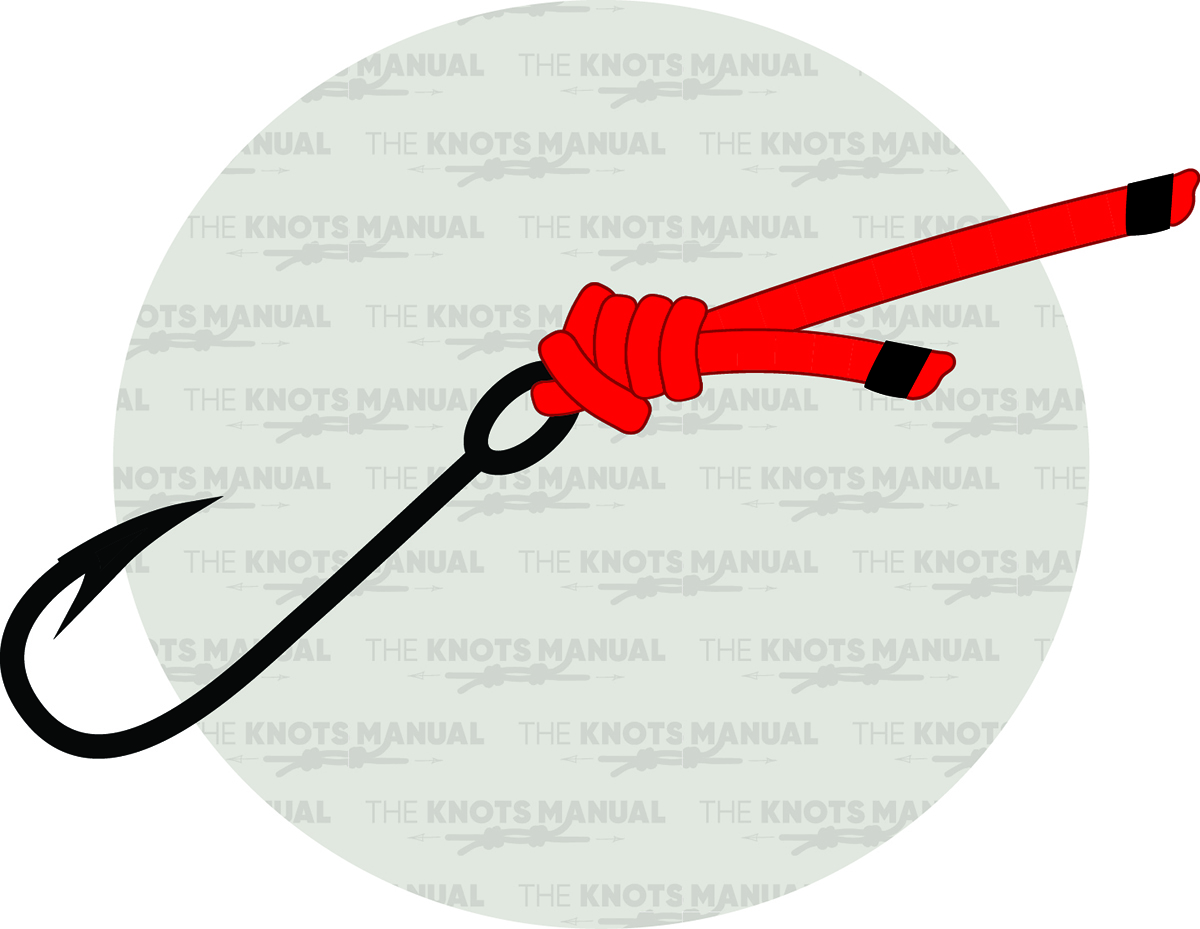
A step-by-step guide on how to tie a Centauri Knot.
Step 1:
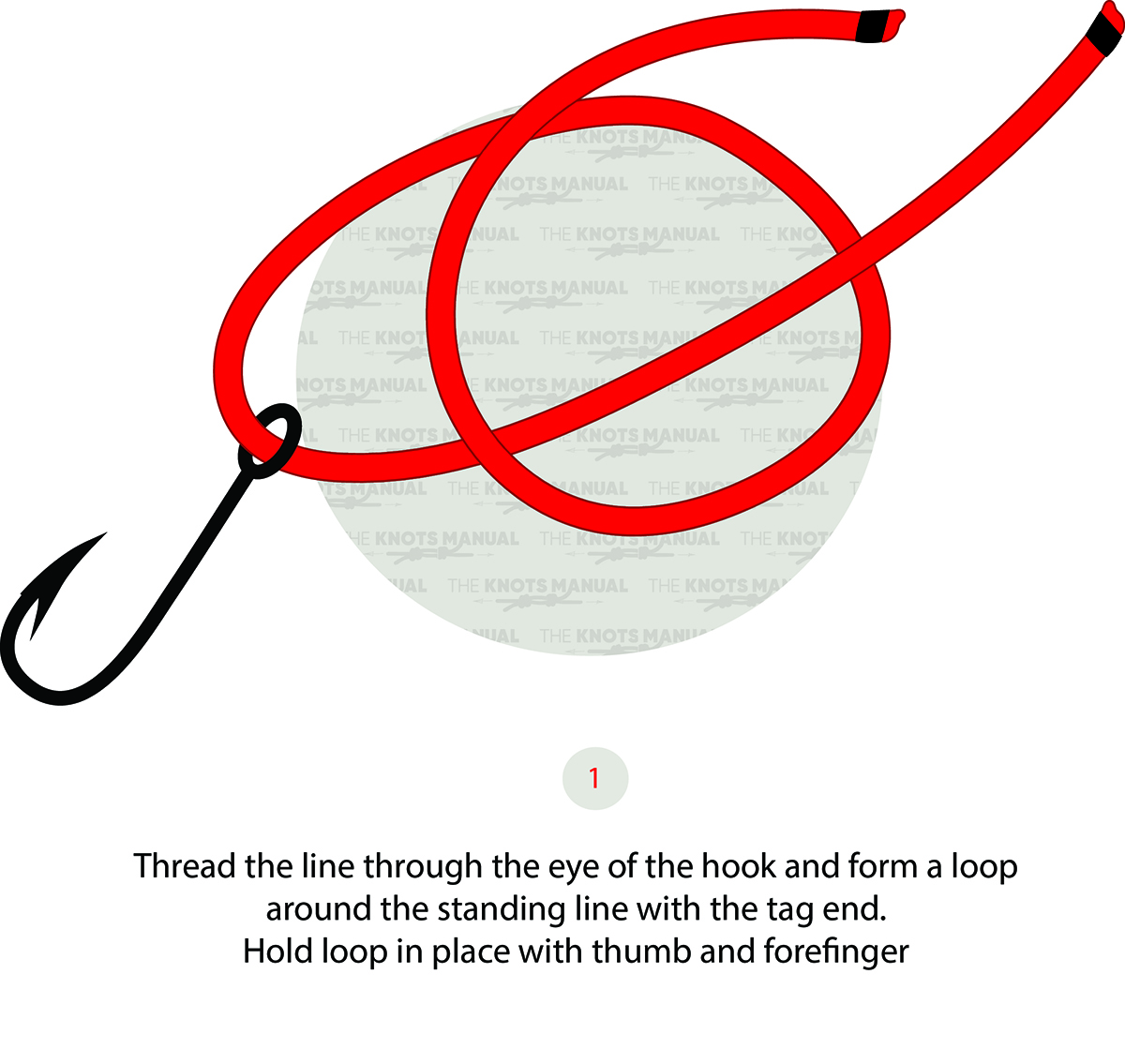
Pass the tag end on the fishing line through the eye of the hook, lure, or swivel. Then wrap it around the long end of the line once clockwise.
Step 2:
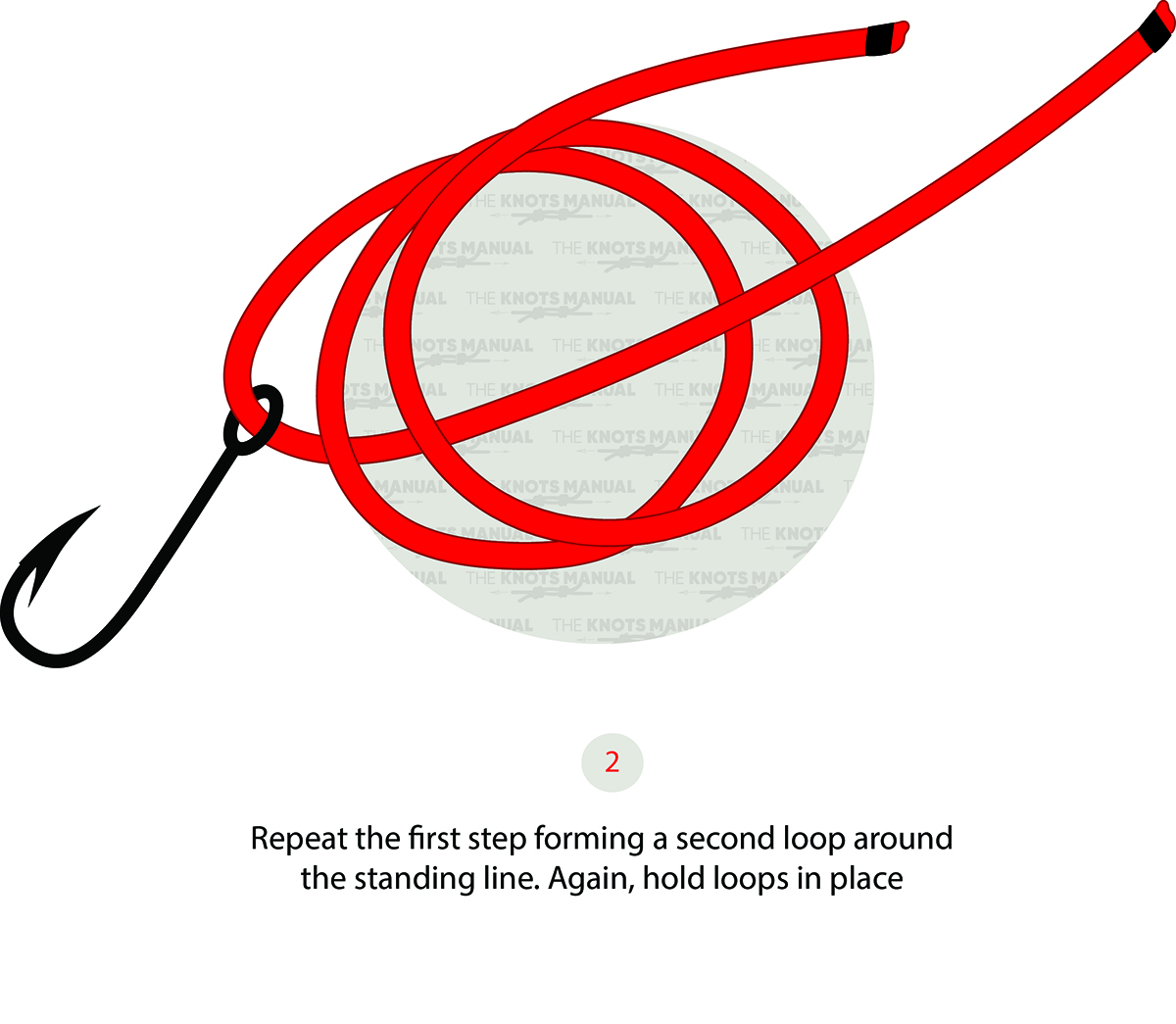
Proceed to make another turn in the same direction.
Step 3:
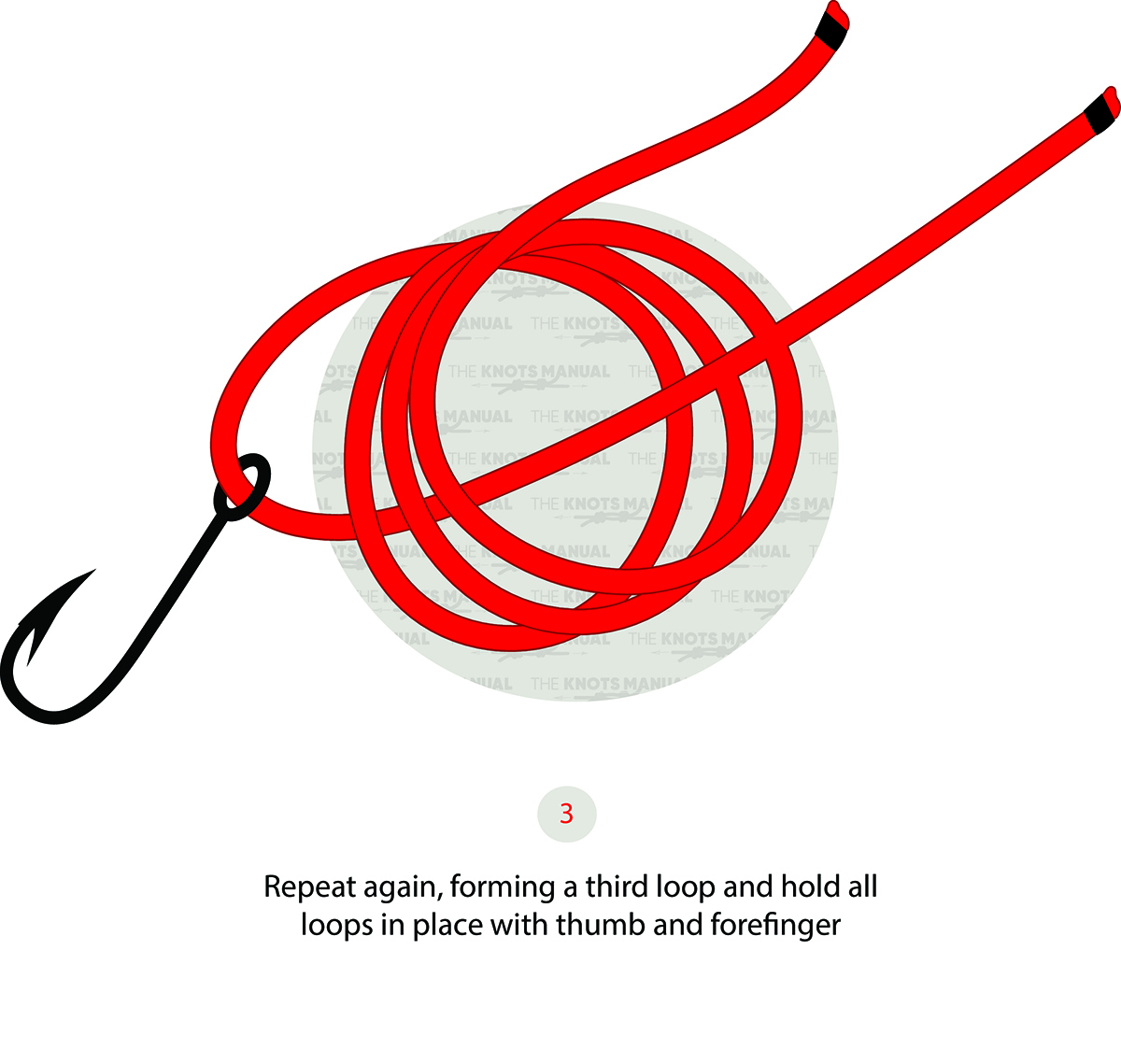
Finally, do a third turn around the long end of the line.
Step 4:
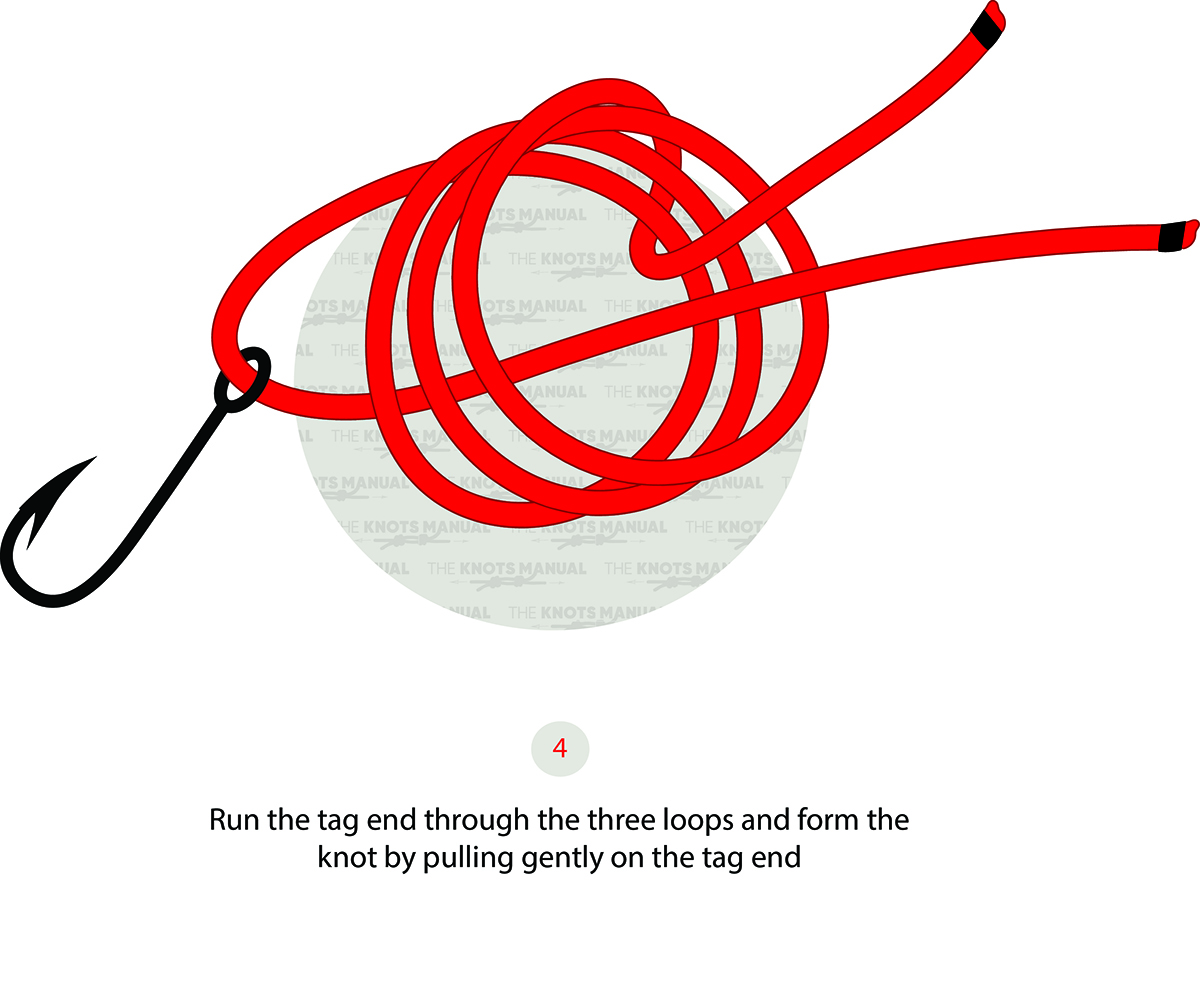
Pass the end through all three turns.
Step 5:
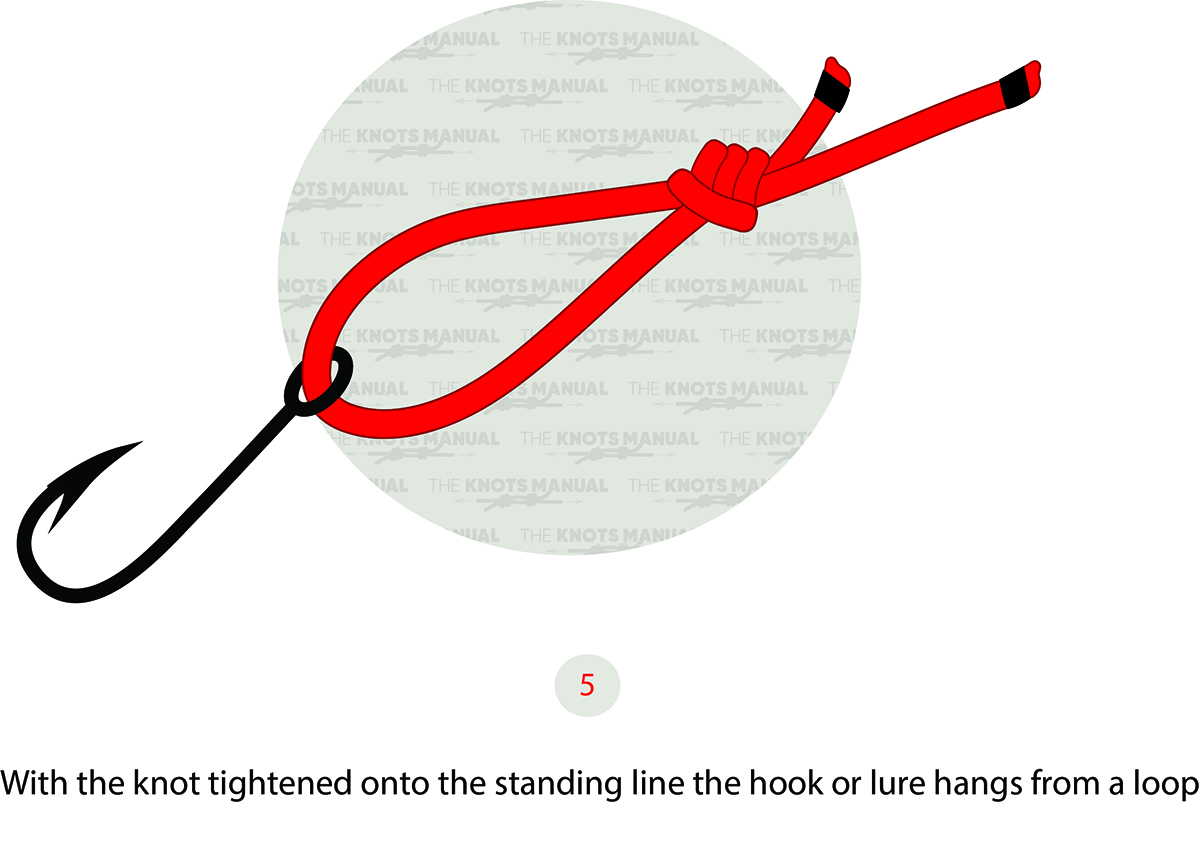
Lubricate the knot and tighten it by holding the loop with one hand and pulling both ends of the line in the opposite direction.
Step 6:
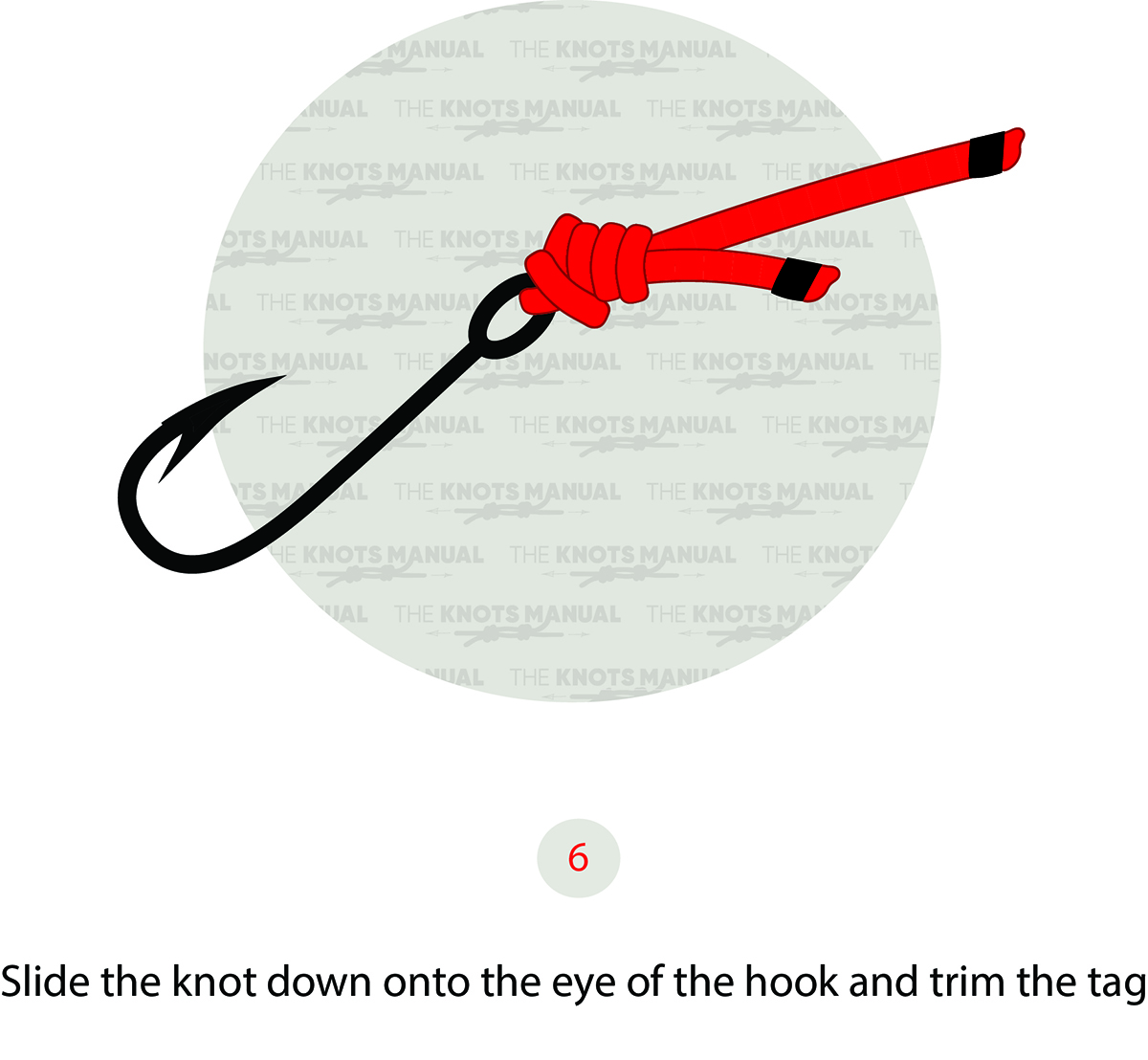
Tighten the loop, so that the knot sits next to the eye of the hook, and cut the tag end short to finish the knot.
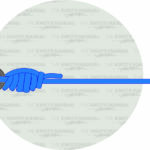

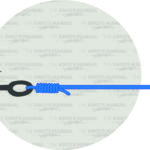
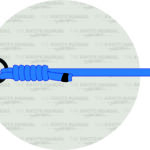
Can you do a double loop through the eye of the hook, like the stronger “Fish N Fool” version of the Uni knot?